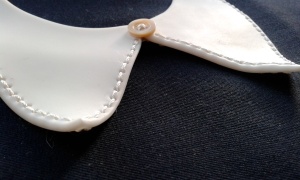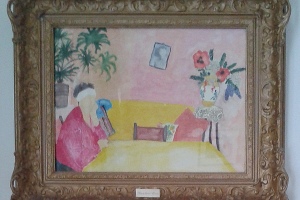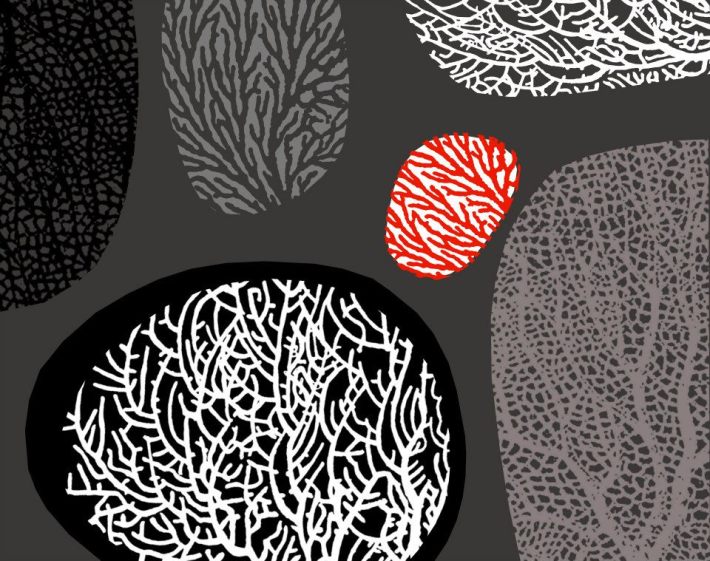Creating Brain-Friendly Spaces
In this post I have news of two events I’m promoting during The Late Shows, which take place in Newcastle on Friday 13 May & Saturday 14 May (2022). See:https://thelateshows.org.uk
Lately, I’ve been thinking a lot, and doing a deal of research, about how publicly shared spaces can and should be recalibrated to be more user-friendly.
An ambition of mine was to use this research to create places that are like an oasis in the city, where visitors can take time to process and realign, where the emphasis is on the person, not on the so-called ‘function’ of the place.
And now that ambition is going to be (at least partially) fulfilled!
I’m creating two ‘experiences’ – one in Ouseburn at The Biscuit Factory (Friday 13th, 7pm – 11pm) and one in the city centre, at Tea Sutra Teahouse (Saturday 14th, 7pm – 9:30pm).
Experiments
Basically, yes, the visitor still turns up for a sit-down and a rehydrating cup of something, so nothing unusual there. The actual experiment will be in trying to make the venue itself friendlier on the brain.
But visitors have to play their part too. For a start, they will be asked to turn off their phones, and, while in the venue, to try to refrain from conversing, if possible. Some people may not find this easy.
Visitors at Tea Sutra will be invited to make a £3 donation on entry (rather than pay for each drink) and will be served an infusion. The entry-fee idea means that the experience is smoother – less conversation when ordering/paying, and less unnecessary movement.
(For people who can’t get to Tea Sutra, co-owner Yoshi has proposed live-streaming the ambient sounds of the café for the whole time it’s open during The Late Shows – using the Clubhouse app).
In addition to providing a range of seating, visitors to both venues also have the opportunity to lie down.
Differences
What will be different?
The sorts of things that need to be addressed in this situation, to make them friendly to the mind & body, are: the quality of light and lighting, spatial dynamics, sounds.
Obviously, a lot depends on what is possible: the venues are already being very generous in giving this project time, and a place to carry it out. But, even so, there will be noticeable changes…
- Emphasis on natural light, especially filtered through frosted glass or blinds, which diffuse the light. When an Artificial light is required, we are looking for a single light source, as is the case with either the sun or the moon. There will be no overhead lights at all.
- In terms of sound, we invite visitors to avoid conversation, and to enjoy the sounds of a water feature as well as any distant, ambient sounds.
- For personal comfort, spaces where people can lie down will be provided, and sofas will have foot rests.
********************
Research
Underlying this experiment is research I’ve been carrying out.
In the last few years I have been exploring how features within the built environment can have an adverse impact on people’s mental energy levels and concentration.
I’ve noticed in myself in recent years that my energy levels could plummet and rise again without warning. I managed to identify the cause as the energy enervating design of the built environment, especially in public spaces (shops, offices, institutions, cafes etc).
This is a phenomenon recognised by the British Standards Institute, which attributes to it an adverse impact on people’s mental energy levels and concentration.
I have been involved with the BSI as a member of the steering group in their current work in this area, called ‘Design For the Mind’.
Overload
Buildings and spaces are designed currently for function, not for the person existing in them. This poor approach to design affects HSPs* in the population most adversely, but most of us feel its effects.
Perhaps you recognise in yourself the following explanation which I found in my researches:
“What happens when the brain is overloaded?
“It’s my term for what happens to the brain when it becomes overloaded with information, obligations and more data points than it can keep up with. You start to resemble someone with actual attention deficit disorder — distractibility, impulsivity, impatience, restlessness, irritability.”
“Nature doesn’t get rid of what works, so our brain hasn’t ‘evolved’ specifically – as much as been built upon. Our primitive brain, the one that serves to help us survive, is more powerful than the part of the brain that came later, the part that handles reason and language.”
We had over 6-7 million years for our brain to evolve in response to living in the natural landscape. By contrast, it’s had very little time to adapt to the artificial environments of urban areas – less than 300 years! So, it’s no surprise that many people experience stress and tension within them, even if they can’t pinpoint the reason.
So, it would help the brain if we could identify the brain-friendly features in the natural environment, and transpose them into the artificial urban one. We can calm the mind.
(* HSPs are people who sit at the high end of the sensitivity continuum, and who are affected by their environments more than the majority of the population.)





















